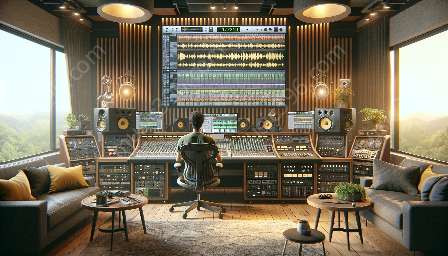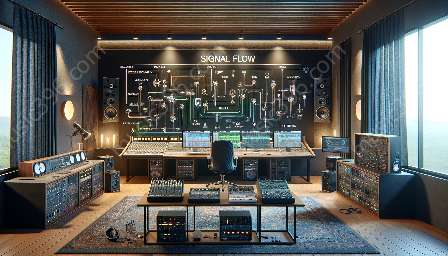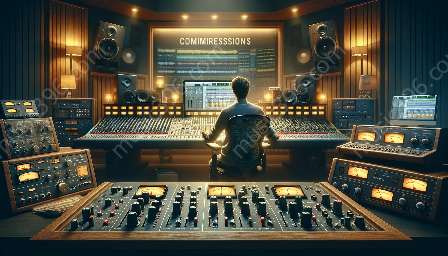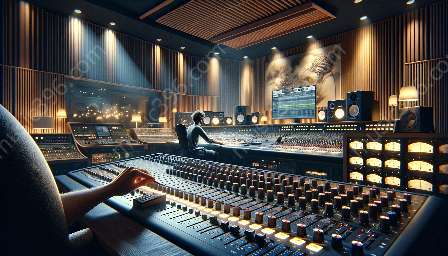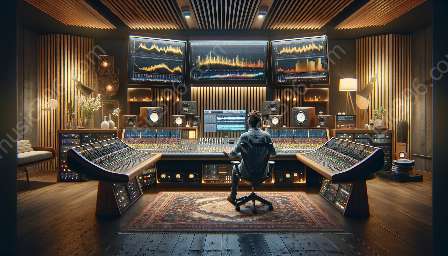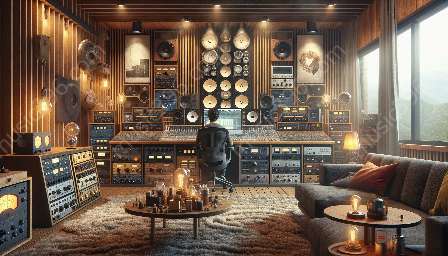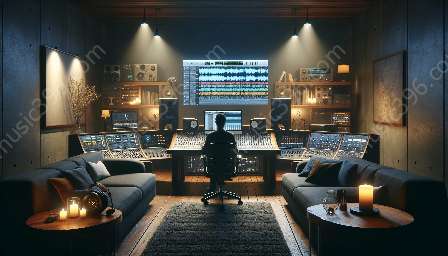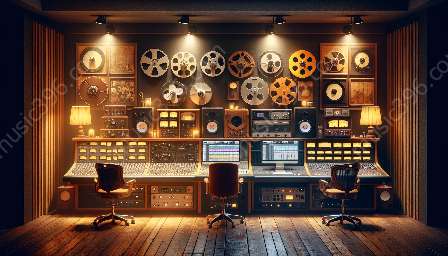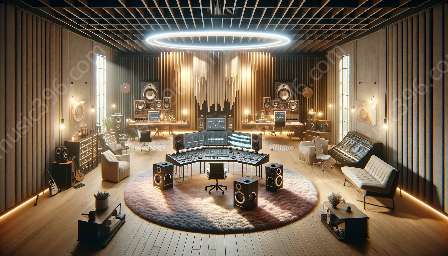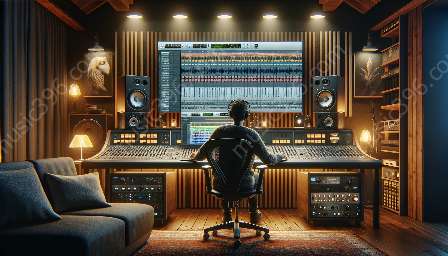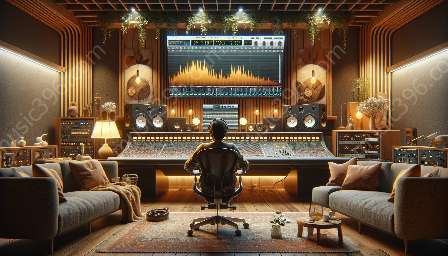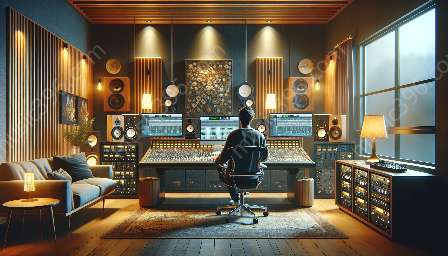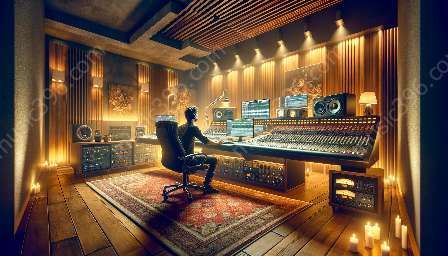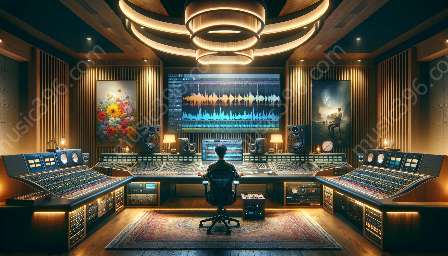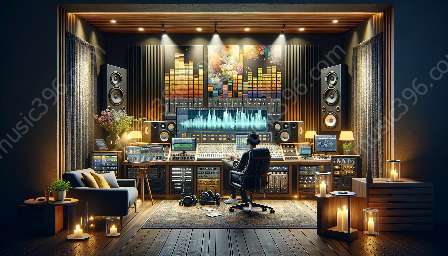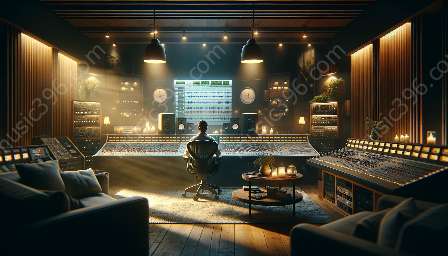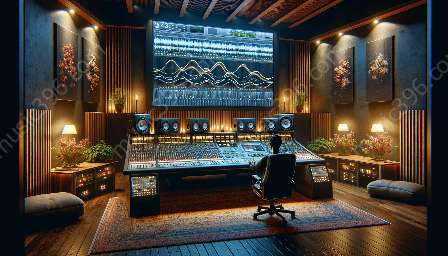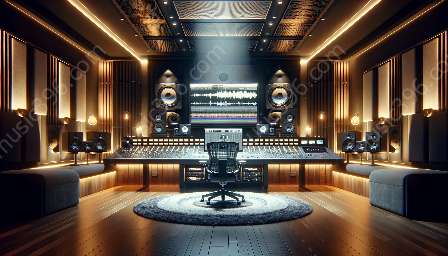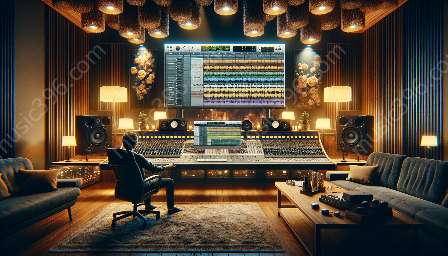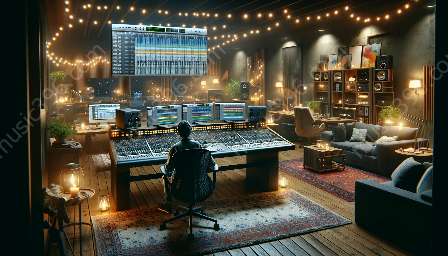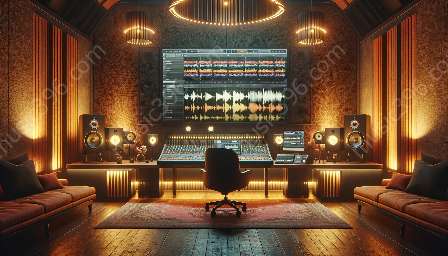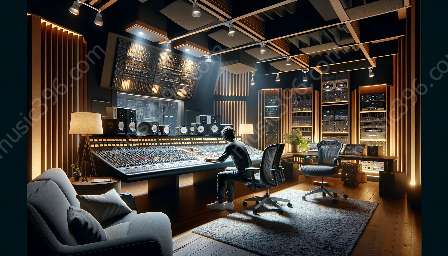When it comes to audio mixing and mastering, incorporating natural environmental sounds and ambience into a mix using creative reverb and delay processing techniques can greatly enhance the overall quality and depth of the sound. In this article, we will explore some innovative ways to utilize reverb and delay processing to incorporate natural environmental sounds, creating a rich and immersive audio experience.
1. Understanding Reverb and Delay Processing Techniques
To effectively incorporate natural environmental sounds into a mix, it's essential to have a strong understanding of reverb and delay processing techniques. Reverb is a crucial tool in audio mixing that simulates the acoustic characteristics of various environments, adding depth and spatial qualities to the audio. Delay, on the other hand, creates echoes and reflections that can enhance the ambiance of the mix.
1.1. Utilizing Reverb for Natural Environmental Sounds
One innovative way to incorporate natural environmental sounds into a mix is by using reverb to create a sense of space and depth. By applying reverb processing to environmental sound recordings, such as rain, wind, or ocean waves, you can simulate the acoustic characteristics of the environment in which the sounds were originally recorded. This can transport the listener to that specific environment, creating a more immersive audio experience.
1.2. Emphasizing Ambiance with Delay Techniques
Delay processing techniques can be used to emphasize the ambiance of natural environmental sounds, adding a sense of spaciousness and depth. By carefully adjusting the delay parameters, such as feedback, timing, and diffusion, you can create subtle echoes and reflections that enhance the overall ambiance of the mix, making the environmental sounds feel more organic and integrated.
2. Capturing Authentic Environmental Sounds
Before incorporating natural environmental sounds into a mix, it's essential to capture authentic and high-quality recordings. Whether it's the sound of a forest, a flowing stream, or chirping birds, the key to creating an immersive audio experience lies in capturing authentic environmental sounds. High-quality field recording equipment and a deep understanding of the soundscape are essential for capturing pristine environmental recordings.
2.1. Spatial Microphone Techniques
When capturing environmental sounds, spatial microphone techniques can play a pivotal role in capturing the three-dimensional qualities of the environment. Utilizing binaural or stereo recording techniques, which mimic the human hearing experience, can capture the nuances and spatial characteristics of the environment, providing a more immersive representation of the natural ambience.
2.2. Embracing Natural Impulse Responses
Another innovative approach to incorporating natural environmental sounds is by utilizing natural impulse responses (IRs) in reverb processing. IRs capture the sonic characteristics of real acoustic spaces, allowing you to apply authentic reverberation to the environmental sounds, making them seamlessly blend with the rest of the mix. This technique can bring a heightened sense of realism and immersion to the audio.
3. Integration and Artistic Manipulation
Once the natural environmental sounds have been captured and processed with reverb and delay techniques, the next step is to seamlessly integrate them into the mix and creatively manipulate their sonic characteristics.
3.1. Layering and Blending
Layering environmental sounds with the existing audio elements and blending them with the mix can create a seamless sonic tapestry. Carefully adjusting the levels, panning, and frequency balance of the environmental sounds can ensure that they complement the mix without overpowering the other elements, creating a cohesive and balanced sonic landscape.
3.2. Creative Modulation and Automation
Creative modulation and automation techniques can be employed to further manipulate the natural environmental sounds. By modulating reverb and delay parameters over time, you can create dynamic and evolving sonic textures, adding a sense of movement and depth to the environmental sounds within the mix.
4. Enhanced Spatialization with Surround Sound
For an even more immersive audio experience, leveraging surround sound technology can enhance the spatialization of natural environmental sounds within the mix. By strategically placing the environmental sounds in the surround sound field, you can create a three-dimensional sonic environment that envelops the listener, providing a captivating and immersive listening experience.
4.1. Ambisonic Encoding for 360-Degree Immersion
Ambisonic encoding can further elevate the spatial immersion of natural environmental sounds. By encoding the environmental recordings in ambisonic format, you can enable 360-degree spatialization, allowing the sounds to be perceived from any direction, providing a truly immersive audio experience for the listener.
5. Optimizing Reverb and Delay Processing in Mastering
When it comes to mastering, it's essential to optimize the reverb and delay processing of the environmental sounds to ensure cohesiveness and sonic integrity across the entire mix.
5.1. Reverb Tail Management for Clarity
Managing the reverb tails of the environmental sounds is crucial in mastering. By carefully sculpting the reverb tails and decay time, you can ensure that the environmental sounds blend seamlessly with the rest of the mix, preserving clarity and preventing muddiness in the overall sonic presentation.
5.2. Delay Precision and Timing Alignment
Ensuring precision and timing alignment of delay processing is equally important in mastering. Fine-tuning the delay parameters to synchronize with the rest of the mix can maintain the coherence of the environmental sounds within the spatial context, enhancing the overall sonic balance and depth in the mastered audio.
6. Conclusion
Incorporating natural environmental sounds and ambience into a mix using creative reverb and delay processing techniques can elevate the audio experience to new heights. From capturing authentic environmental recordings to integrating them into the mix with artistic manipulation and spatialization, the possibilities for creating immersive sonic landscapes are vast. With a deep understanding of reverb and delay techniques, audio mixing and mastering can be transformed into a journey of sonic exploration, bringing natural environments to life within the realm of audio production.

